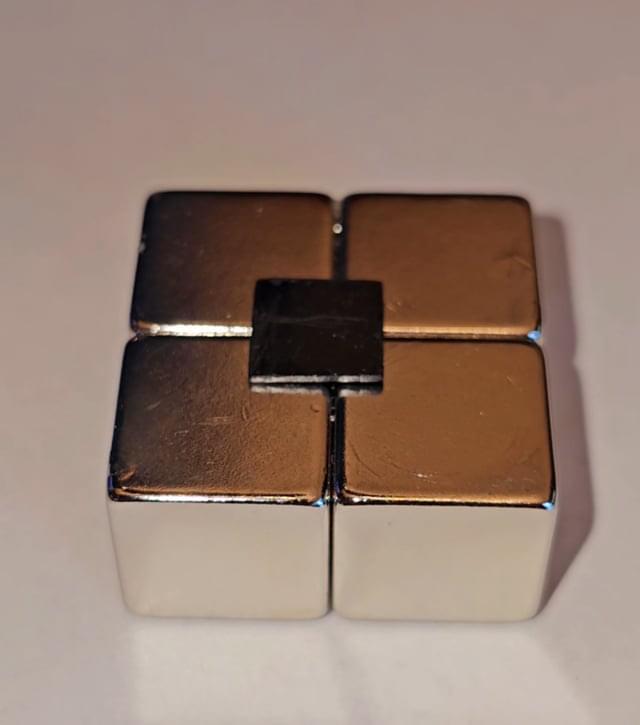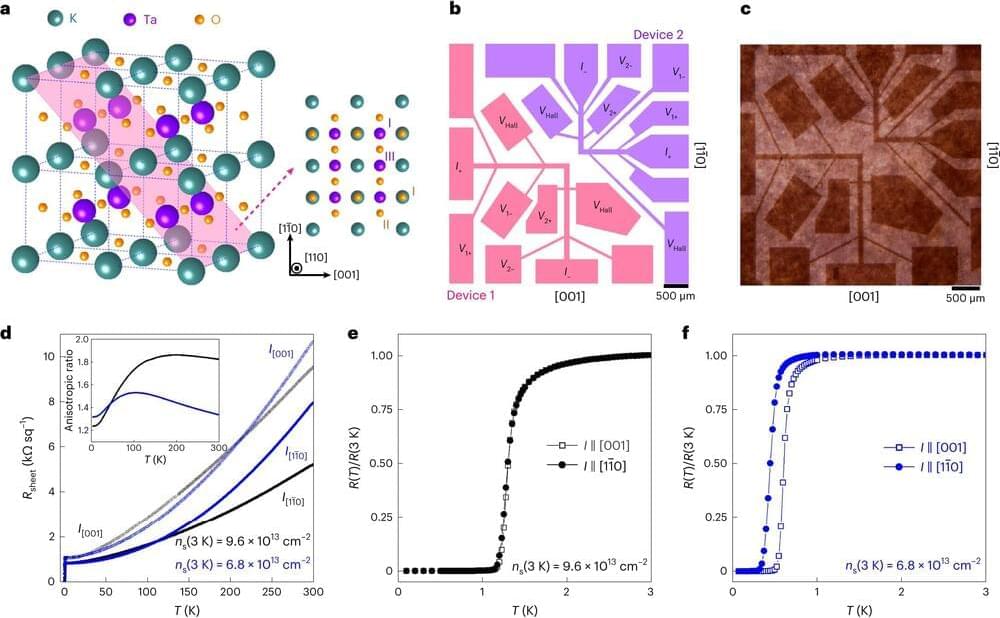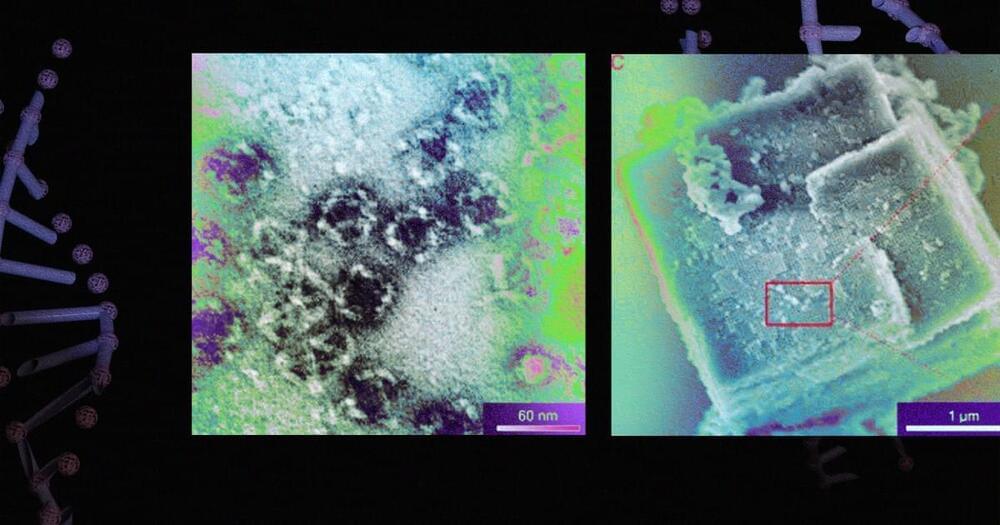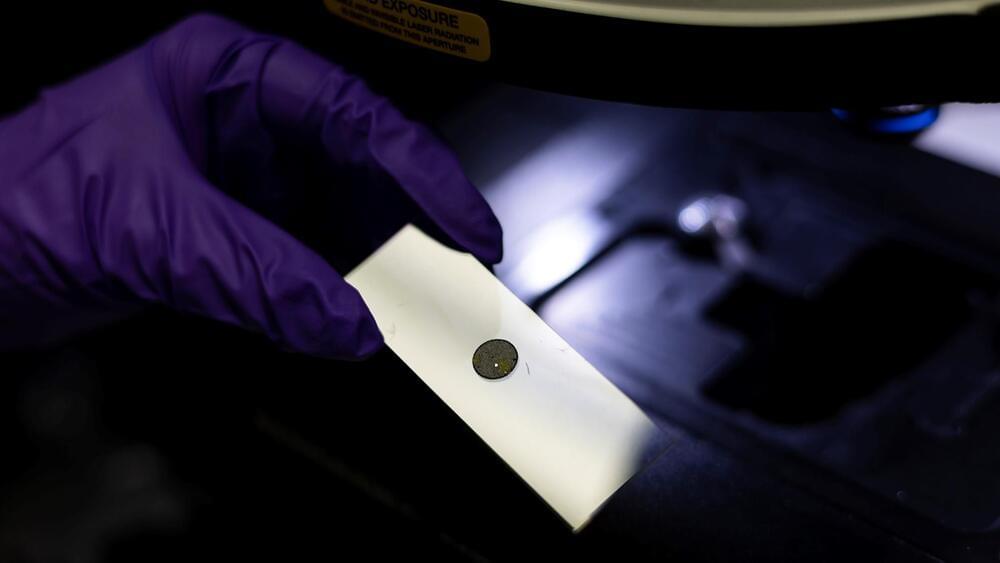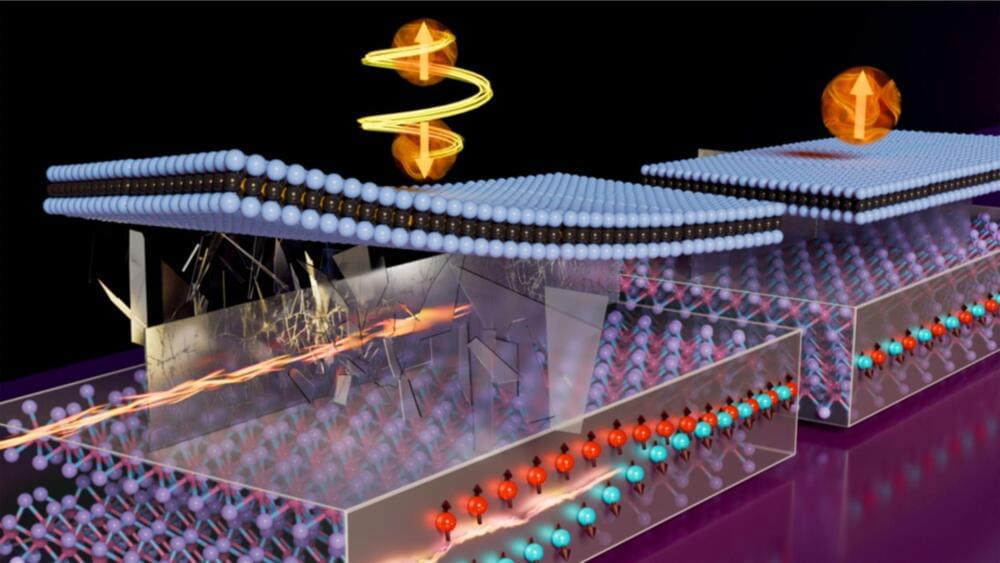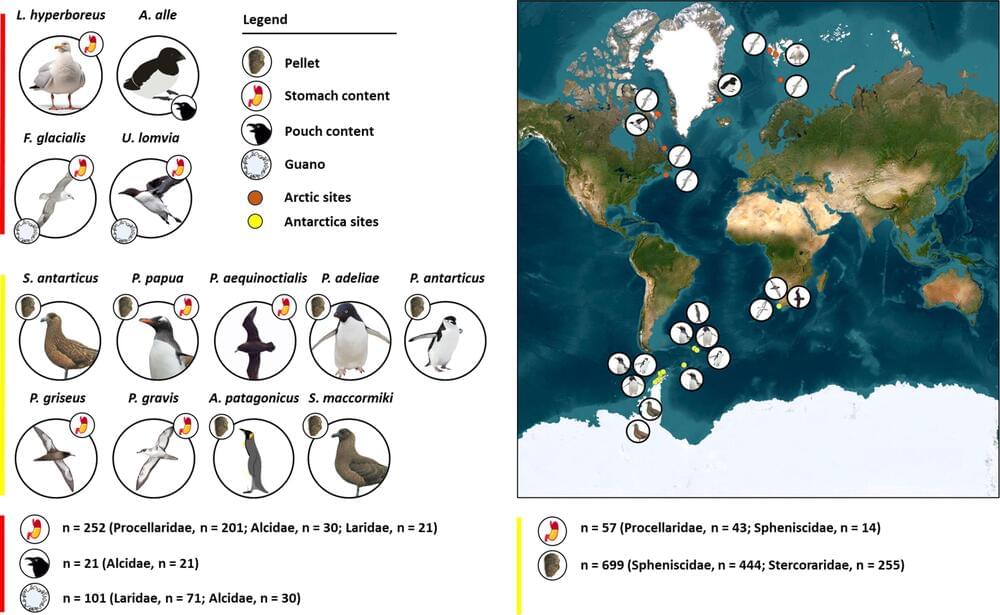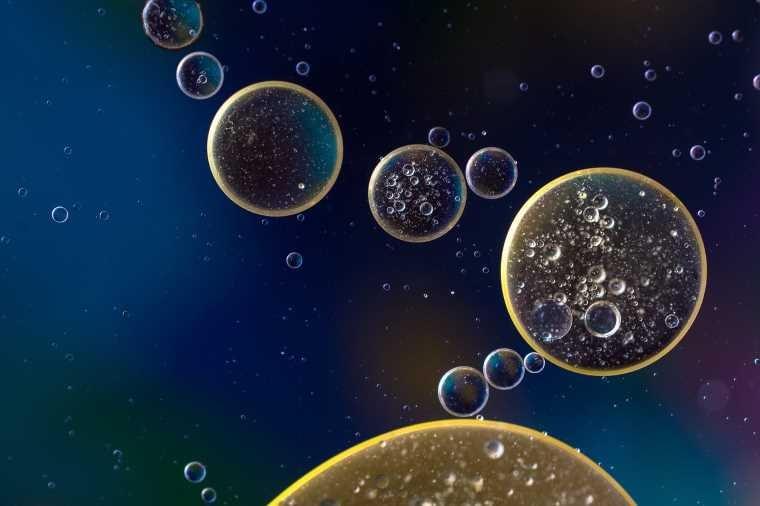The house in Japan, designed by Japanese studio Nendo, has block walls made from the world’s first CO2-absorbing concrete.
Category: materials – Page 76
Researchers at the Quantum Machines Unit at the Okinawa Institute of Science and Technology (OIST) are studying levitating materials—substances that can remain suspended in a stable position without any physical contact or mechanical support.
“Our research is inspired by the idea that unconventional superconductivity usually emerges in proximity to magnetism,” Xiang said. “In particular, for copper-based and iron-based high-temperature superconductors, many of the proposed superconducting pairing mechanisms are closely connected to magnetism; moreover, the interplay between magnetism and superconductivity may give birth to more peculiar phases of matter, including the pair-density-wave (PDW) order with a spatially oscillating superconducting order parameter and finite-momentum pairing which has been an intense focus of research recently.”
The EuO/KTO heterostructure examined by Xiang and his colleagues exhibits a strong ferromagnetic proximity effect elicited by the EuO overlayer. This effect makes it an ideal platform to study unconventional superconductivity.
“The first report on the superconductivity at the EuO/KTO interface was published in 2021, focusing on the KTO (111) interface,” Xiang said. “We have since worked on the EuO/KTO (110) interface (considering its improved interface quality), at which we revealed the emergence of two-dimensional superconductivity in a previous paper.”
Using only DNA and glass, researchers made a material four times stronger and five times lighter than steel. It was inspired by Iron Man.
Nuclear nonproliferation scientists at the Department of Energy’s Oak Ridge National Laboratory have published the Compendium of Uranium Raman and Infrared Experimental Spectra, or CURIES, a public database and analysis of structure-spectral relationships for uranium minerals. This first-of-its-kind dataset and corresponding analysis fill a key gap in the existing body of knowledge for mineralogists and actinide scientists.
Laser based vibrational spectroscopy methods such as Raman and IR are frequently employed by nonproliferation materials scientists because they are rapid, nominally non-destructive, and can give direct insight to what a material contains. Where spectral assignments may be difficult, the CURIES database uses structural information, subject matter expertise and statistical analysis to determine key features of Raman spectra based on their structural origins.
“When I was in grad school studying uranium mineralogy, there was no single repository to look up a feature of a sample and compare it for identification,” said ORNL’s Tyler Spano, lead author on the CURIES article in American Minerologist. “What we did was bring together data from many different sources including structural information and spectroscopy to understand spectral features and similarities as they relate to chemical, structural and other properties.” The ORNL team hopes that CURIES will support researchers who are looking for new relationships among various types of uranium materials and foster development of rapid characterization and analysis of spectra collected on new materials.
A team of MIT researchers has addressed significant barriers to the practical application of 2D magnetic materials. This innovation will enable the development of the next generation of energy-efficient computers.
The team achieved a notable breakthrough by developing a “van der Waals atomically layered heterostructure” device. The device connects two 2D materials: tungsten ditelluride and iron gallium telluride, a 2D van der Waals magnet.
MAWI United, a studio specializing in creating lifelike 3D environments, has once again pushed photorealism to the next level by presenting Dead Spruce Forest Tree Biome, a new procedural environment asset pack that lets you create AAA-quality forests in Unreal Engine 5.
Featuring over 200 photogrammetry-made plant, debris, and tree assets, as well as full Nanite support, the pack has everything you need to build next-level environments for your games and projects. As usual, MAWI’s latest creation comes with tools for procedural forest generation and interactive foliage and an advanced ground material with five different surface types (forest, meadow, wetland, stones, dirt) that automatically generates all the small ground cover and foliage.
Anthropogenic plastic pollution is often experienced through evocative images of marine animals caught in floating debris, yet its reach is far more expansive. The polar regions of the Arctic and Antarctica are increasingly experiencing the impacts of plastic reaching floating ice and land, not solely as larger macroplastics (>5 cm), but as microplastics (0.1 µm—5 mm) and nanoplastics (<0.1 µm) that may be carried vast distances from their source or be ingested in more populated areas during seasonal migration.
Using sugarcane waste as bricks for construction.
Architecture studio Grimshaw and the University of East London have collaborated to create Sugarcrete, a biomaterial construction block with an interlocking shape made from the sugarcane by-product bagasse.
Sugarcrete was developed to be a low-cost and low-carbon reusable construction-material alternative to brick and concrete.
The concept, design and fabrication of the material were led by staff and fellows of the University of East London (UEL), including senior architecture lecturer Armor Gutierrez Rivas, Sustainability Research Institute co-director Alan Chandler and research fellow Bamdad Ayati.
Harvard researchers say they have developed a programmable metafluid they are calling an ‘intelligent liquid’ that contains tunable springiness, adjustable optical properties, variable viscosity, and even the seemingly magical ability to shift between a Newtonian and non-Newtonian fluid.
The team’s exact formula is still a secret as they explore potential commercial applications. However, the researchers believe their intelligent liquid could be used in anything from programmable robots to intelligent shock absorbers or even optical devices that can shift between transparent and opaque states.
“We are just scratching the surface of what is possible with this new class of fluid,” said Adel Djellouli, a Research Associate in Materials Science and Mechanical Engineering at Harvard’s John A. Paulson School of Engineering and Applied Sciences (SEAS) and the first author of the paper. “With this one platform, you could do so many different things in so many different fields.”

